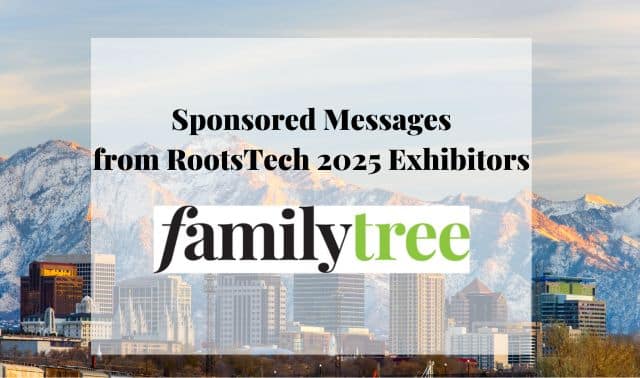The wait is over. The 1930 US census — all 2,667 microfilm rolls of it — is officially open for business. On April 1, the National Archives and Records Administration (NARA) opened its doors in Washington, DC, and in regional facilities across the country to researchers eager to get their hands on these newly released records.
With the unveiling of the 1930 US census this spring, the National Genealogical Society had something of its own to unveil: a new online course to help you with your census research. “Using Census Records in Genealogical Research” focuses on both the regular censuses from 1790 to 19.50 and the special schedules that supplement them. The first five lessons cover a historical overview, Soundex codes, online indexes and federal population schedules. The next three explore territorial censuses and mortality schedules, as well as agricultural, manufacturing and social schedules. The course costs $35 for NGS members and $50 for nonmembers. For more information, visit <www.ngsgenealogy.org>.
At the same time, Ancestry.com didn’t waste any time adding the 1930 US census to its online database of census images. The company began posting some 1930 census records on its Web site soon after the National Archives released the microfilmed records to the public on April 1. Once the entire 1930 census is online (Ancestry.com officials predicted it would be completed by July), subscribers will be able to view records containing 137 million individuals.
The 1930 census includes names of all persons living in each home, their relationship to the head of household, if the family owns a radio or a farm, whether the individuals attended school or college, if they can read or write, each person’s place of birth, citizenship status and occupation. By the end of next year, Ancestry hopes to index the census as well. For more information or to subscribe, visit <www.ancestry.com/search/io/about/main.htm>.
Read Family Tree Magazine‘s guide to census research, with tips on the 1930 enumeration, in the February 2002 issue or see highlights at <www.familytreemagazine.com/artides/feb02/census.html>.
From the August 2002 issue of Family Tree Magazine


